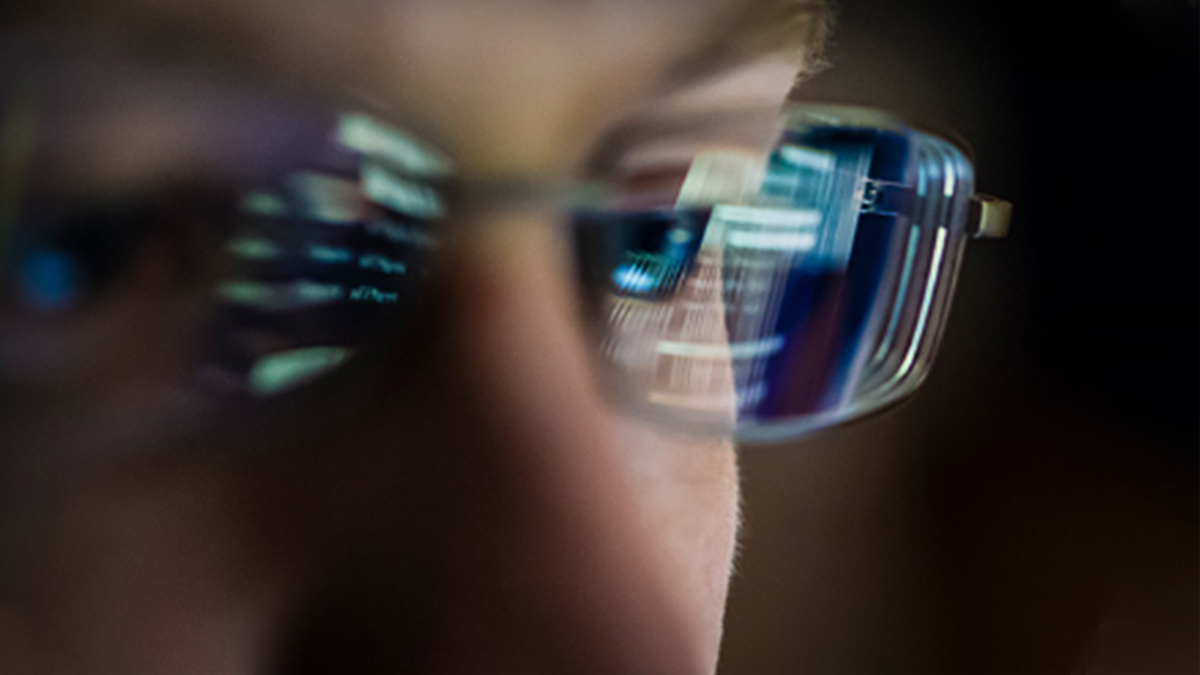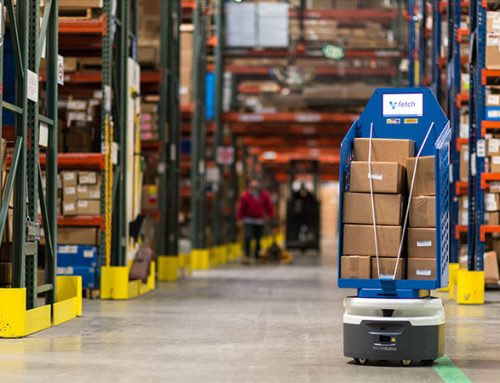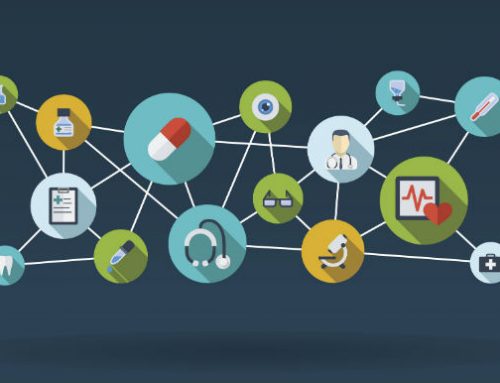Chintan Patel explores the next normal in technology.
The last few months have given us a glimpse into the future. Despite some initial panic, the pandemic has not broken the Internet. In fact, it’s the opposite. It highlighted the speed at which technology can respond to disruption and the critical importance of a highly resilient, globally scalable infrastructure to keep the world running.
Understanding the “next normal” is likely to be one of the most frequent topics in the summer of 2020. Yet, it will have many different interpretations and impacts for each sector of the economy, for governments and for society at large. But there are some common denominators. To find them, consider what new experiences can be created for customers, consumers, employees? What new norms will emerge; and what are the new priorities for organisations in terms of focus, investments and allocation of resources?
New experiences will be created
1. Online becomes the frontline
The trends from offline to online were already here. E-commerce was already visibly eating into the sales of brick-and-mortar stores. But COVID-19 has accelerated everything.
Companies that want to remain competitive will figure out ways to have online services, and there will be enhancements to the logistics and delivery systems. Those with sophisticated online strategies will seek new ways to improve the experience. Just ask Tesco, which saw a 103% increase in online retail sales in the space of a few weeks.
2. Interfaces and interactions go contactless
Touch screen interfaces have only become commonplace in the last decade or so. Now, that as a society our awareness of ‘shared hygiene’ has increased, we will transition more quickly towards voice and machine vision interfaces and contactless payment options. These emerging technologies will help limit the amount of physical contact people have with surfaces and each other.
3. Remote care will sky-rocket
Remote care, telemedicine and virtual consultations will all revolutionise healthcare; with some telemedicine providers reporting a 50 percent increase in video appointments, this looks set to change beyond recognition.
But remote care extends to many other aspects of our lives. For contact centres, changing a very office-based function to be a remote operation has yielded in some cases surprising outcomes. One banking executive stated a 40% increase in productivity from remote customer service staff, saying going back to the physical contact centre may not be an option.
The new norms to expect
4. The future of work is distributed
As companies plan to bring their workforce together again in the office, numerous calculations are being made to provide an environment that will keep employees safe, healthy and productive.
Among the changes being considered are wider corridors with one-way foot traffic, better air filtration, touchless elevator controls, and antimicrobial materials in new construction. More videoconferencing will connect those who remain working from home.
5. Learning to e-learn
From schools shut all across the world and over 1.2 billion children out of the classroom, education has changed dramatically. Research suggests that online learning helps increase retention of information, and takes less time, meaning the changes COVID-19 has caused might be here to stay.
But every employee at every organisation will have to go through this same ritual. Helping companies rethink the future of work and learning will be critical, including how they keep employees up to date, certified and compliant with local regulations, keeping physical and mental wellness in mind.
6. The day of digital events has arrived
The value of bringing people together hasn’t gone away but the mechanism of doing so has changed. For the foreseeable future, organisations will switch in-person events for virtual ones. Cisco Live, with over 124 thousand virtual attendees this week, is one such example. Longer-term, we can predict a steep rise in hybrid events where parts take place in-person and others are delivered digitally.
We have new priorities
7. Experiments move to strategic choices
The short term and perceived temporary measures that companies had to implement quickly and without the full picture as the pandemic became more urgent are now being revaluated.
Leaders need to develop strategic roadmaps towards their next normal – and creating more resilient and agile business models will be front and centre of that.
8. Digital infrastructure must be strengthened
The network traffic levels we were predicted to reach in two years arrived almost overnight; what used to be ‘peak’ usage hours is now standard for the majority of the day. Service providers and technology companies, including Cisco, moved quickly to build extra capacity and ensure networks continue to perform.
For the future, one thing is for sure: the need for connectivity will grow as will the reliance of businesses on Cloud and Software as a Service (SaaS) solutions. As we move forward, Artificial intelligence (AI) will help automate complex network operations, increasing efficiency and enabling more agile network architectures.
9. Cybersecurity is at the forefront
While coronavirus has not led to a significant increase in cybercrime, Cisco Talos researchers have observed COVID-19 being used as a theme within cyber-attacks – making them seem more believable.
Organisations need to be even more vigilant and the need for networks to have robust cybersecurity baked into their design is critical.
10. Increased reliance on data, automation and robots
Robots aren’t susceptible to viruses, at least not human ones. Whether they are used to deliver groceries, take vitals in a healthcare system or keep a factory running, organisations realise how robots could support us today and play an important role in a post-COVID-19 world.
But perhaps most importantly, the lessons learned from this experience will inform how we monitor and respond to future pandemics using the Internet of Things (IoT) and big data.
We’ve learnt a lot in a short space of time – which, working together, will inform our planning for the next normal. It is important to remember, though, that even before COVID-19 we lived in an era of rapid and accelerating transformation, and that our idea of ‘normal’ will always evolve.
###
by Chintan Patel June 17, 2020









